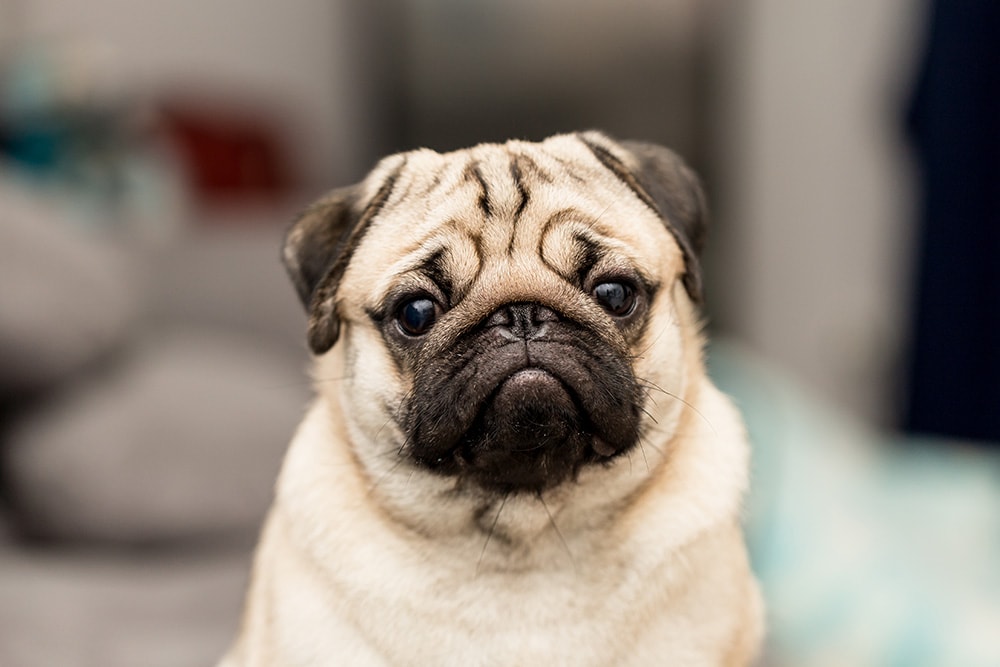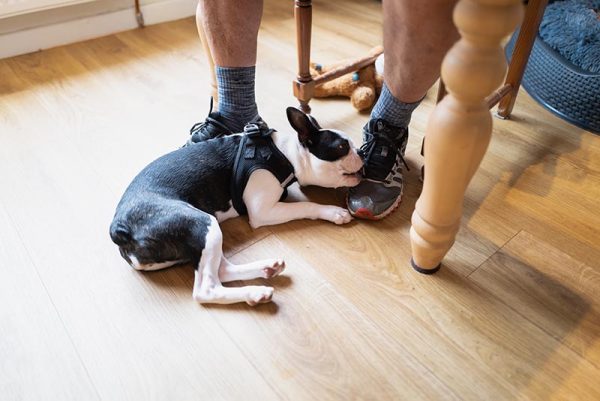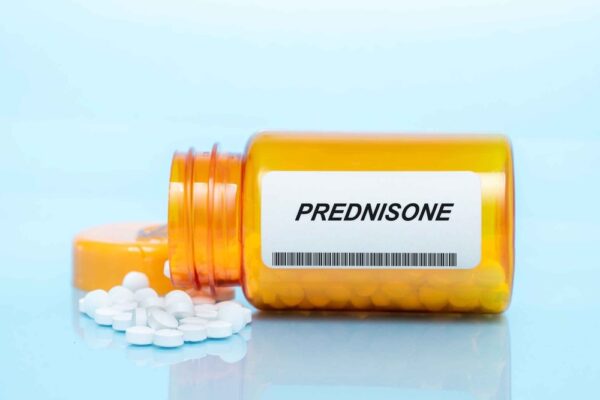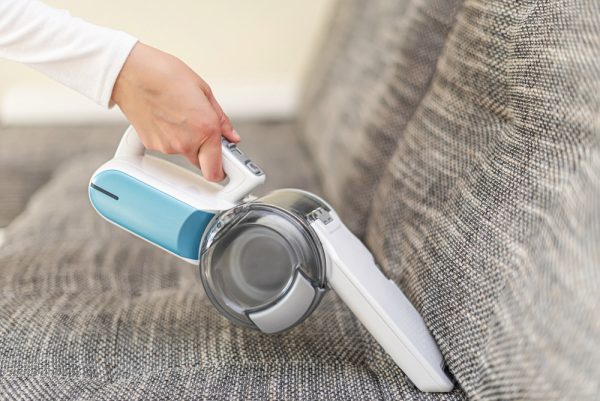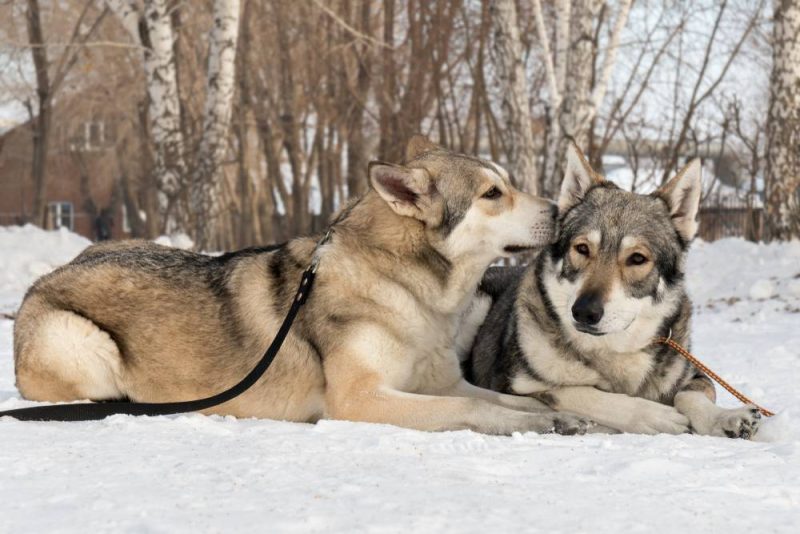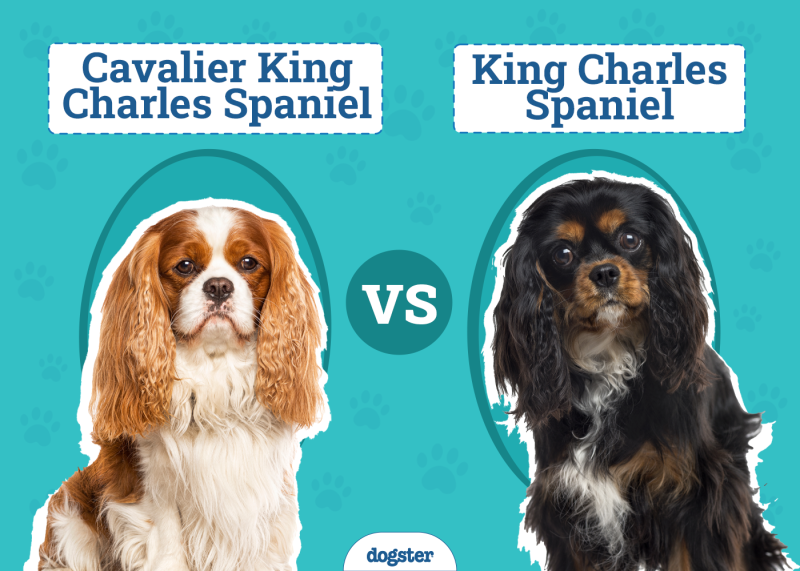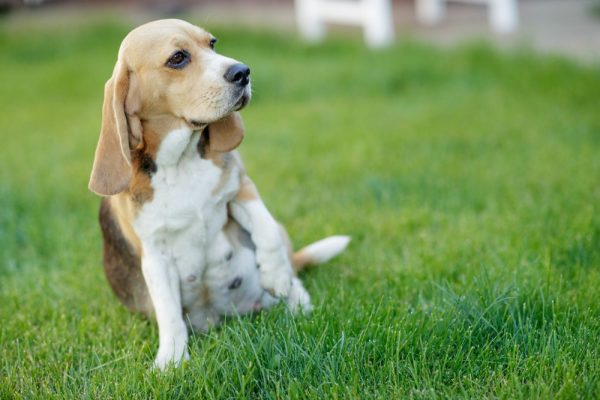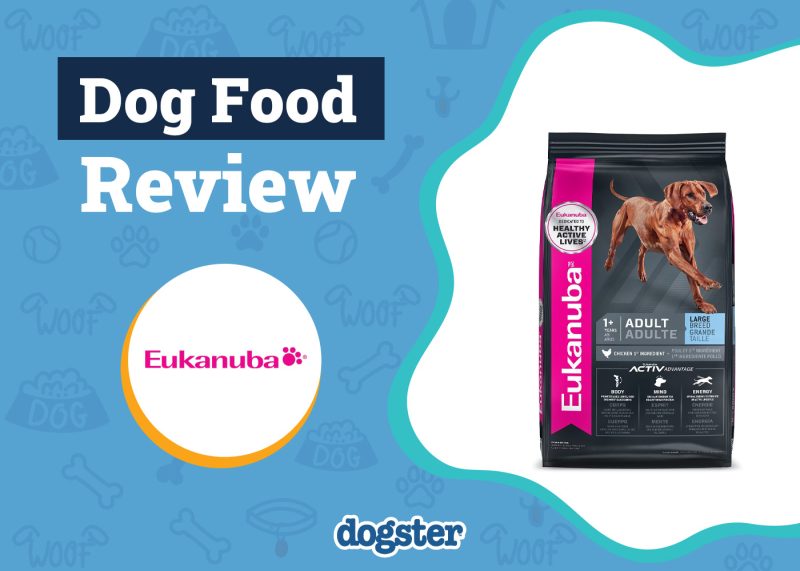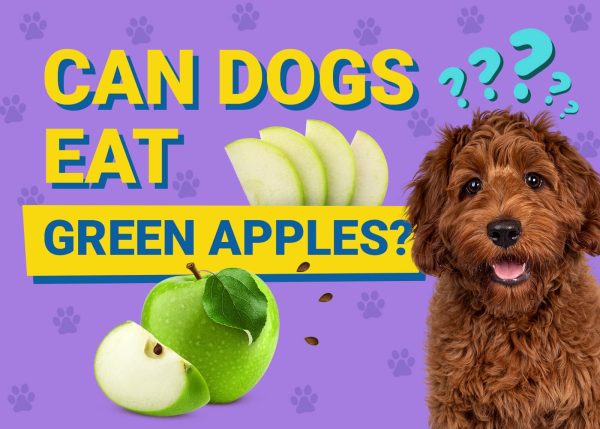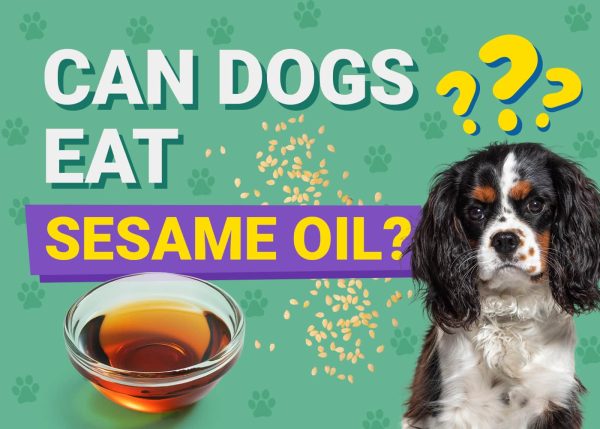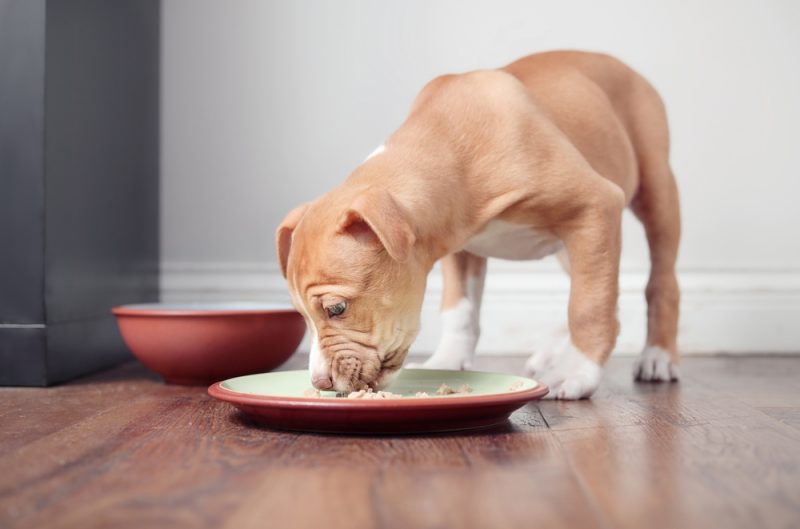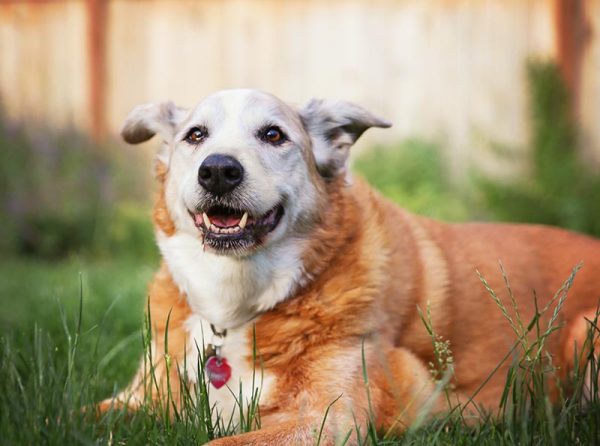In this article
View 4 More +Everyone loves the happy-go-lucky, cheerful Pug. From their smiling expressions to their charming personality, they captivate the hearts of dog lovers everywhere. Considering that these dogs have short hair, does this impact how they shed?
Pugs have short coats that require minimal maintenance. However, their level of shedding is considered high. For this reason, if you don’t want to deal with too much hair around the home, a Pug might not be an ideal breed for you. If you are an allergy sufferer or just curious, here are all the details about Pug grooming needs.

Do Pugs Shed Much?
You might be inclined to think that since Pugs have short coats, they won’t release much hair. But nothing could be further from the truth. Pugs do shed a fair amount, and they may even go through periods where you can brush out handfuls of fur.
Even throughout the year, these are definitely not low-shedding dogs. They produce a consistent volume of hair loss year-round.
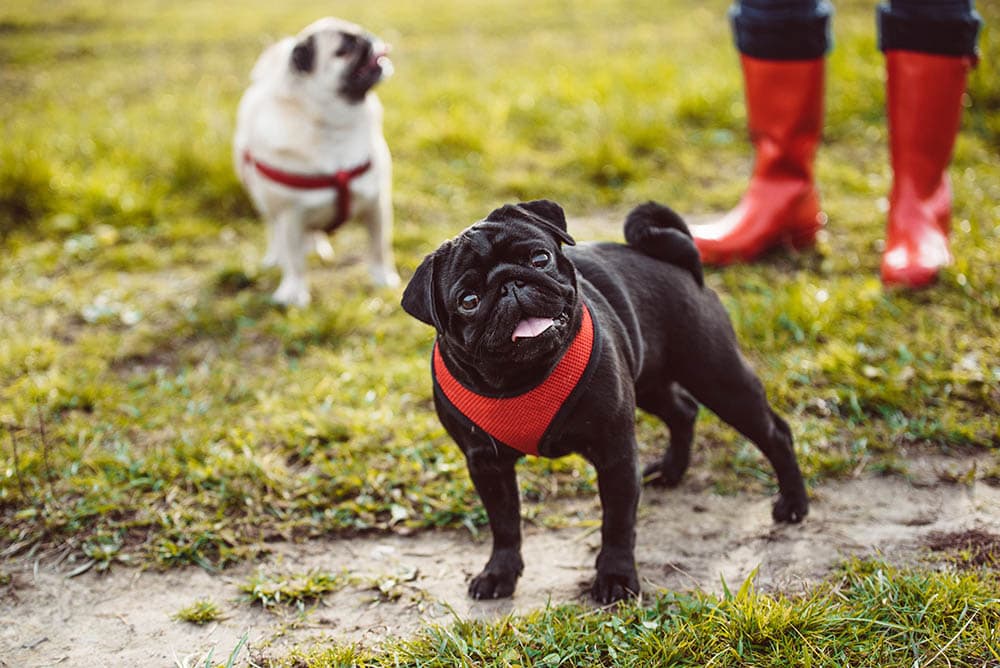
Pugs + Allergies Don’t Mix
Unfortunately, even if you love Pugs, these dogs are likely to trigger allergy signs in an allergy sufferer, just like any other dog breed can. All dogs produce allergens to a greater or lesser extent, regardless of their coat type. Allergens are normal dog proteins that set up allergies in susceptible people. They are produced in the dog’s skin, saliva, or urine and carried around by dander (dead skin cells), which is released constantly and is able to remain floating in the air for long periods of time. This is the reason why even hairless dogs produce allergies.

Pug Grooming Needs
Despite their high level of shedding, you can try to keep it at bay with regular grooming. Here, we’ll discuss the different methods to reduce shedding and keep your fabrics and furniture fur-free.
Types of Brushes
You can get several brushes to serve different purposes. Here are some excellent choices to have on hand.
Slicker Brushes
These brushes are made with soft, spiky metal bristles. We like slicker brushes because they are great for everyday maintenance, and most of them are very easy to clean. Slicker brushes have angled bristles with guarded tips that gently work flush with the skin to remove debris and shed from your dog’s coat.
Once you finish brushing, most slicker brushes have a quick-release button on top. Even if your particular slicker brush does not have this feature, the fur easily bunches together so you can grab it in one swoop and toss it in the trash.
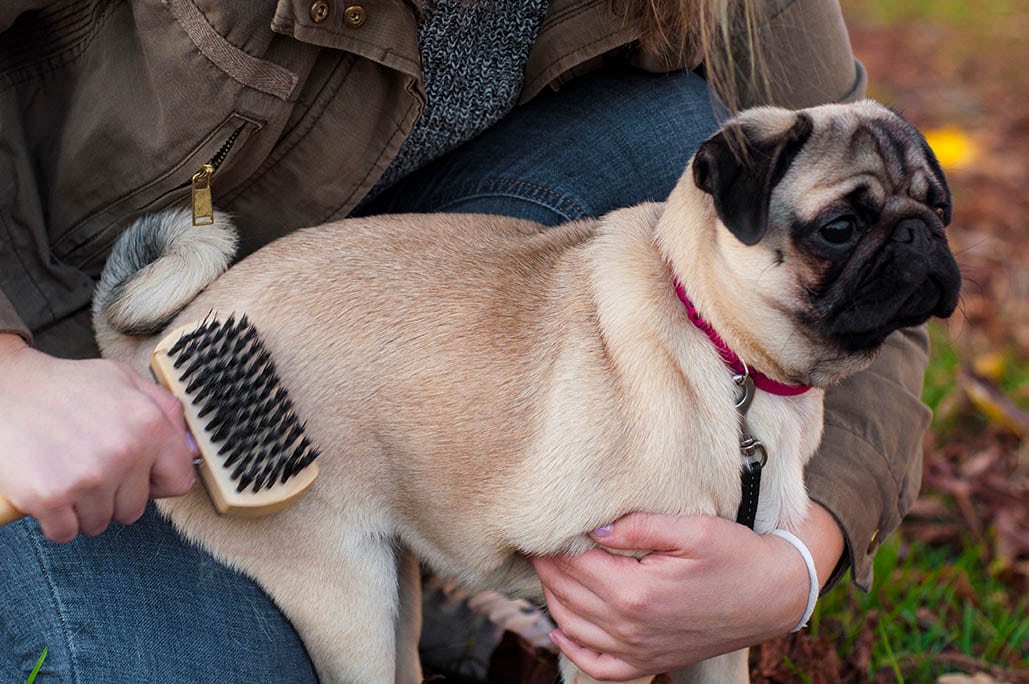
Bristle Brushes
Bristle brushes are less efficient in removing all of the shed than a slicker brush does, but they definitely have their purpose. Bristle brushes massage the skin, and your Pug will probably love them. They can also help distribute natural oils through your pup’s fur to make it look shiny and healthy.
You can get bristle brushes that are made from synthetic materials or animal hair. That’s a matter of preference, and some even have a combination of both. Animal hair brushes are a little more expensive than synthetic ones, so consider that if you choose to purchase them.
Deshedding Tools
Deshedding tools are meant for deep grooming sessions. You should never use these brushes every day and should really limit it to once or twice a month. You might do it more in high shed seasons, but be mindful of your Pug’s skin.
These brushes can irritate the skin, so it’s essential to use them only as directed by a veterinarian or dog groomer.
Shampoo & Conditioner
Even though you don’t need to bathe your Pug too often, you may need to do it every few months to keep their coat in top shape. It’s best to purchase a dye-free, fragrance-free, moisture-rich shampoo and conditioner. Since Pugs are notorious for their rolls of skin, make sure you dry their skin folds very well after each bath so they don’t trap any moisture.
Make sure you wash your Pug thoroughly to remove any dead hair follicles and debris in the coat. For Pugs, we recommend a light oatmeal or formula designed for sensitive skin.
If you are looking for the perfect, pet-friendly shampoo and conditioner combo, we highly recommend the products by Hepper. With a soothing oatmeal shampoo, free of soaps and other harsh chemicals, and a cucumber and aloe scented conditioner, your pet's skin and coat will be smooth, hydrated, and irritation-free. At Dogster, we’ve admired Hepper for many years, and decided to take a controlling ownership interest so that we could benefit from the outstanding products of this cool pet company!
Image
Product
Details
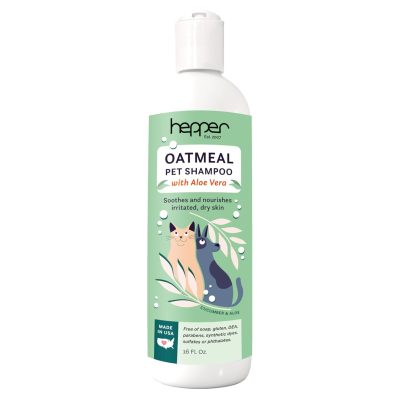
Hepper Oatmeal Pet Shampoo
Check Price

Hepper Pet Conditioner
Check Price

Do Diet & Supplements Impact Shedding?
While it might not be a first thought, diet is vital for coat health. Feeding your dog a protein-rich, nutrient-dense recipe without all the extra harsh ingredients will improve their skin and coat. This will lead to less shedding and easier grooming.
There are supplements designed specifically for coat health, but make sure to speak to a vet if you’re considering adding any to your Pug’s routine. You can choose from capsules, liquid, gels, or chewable supplement snacks.
If you need to speak with a vet but can't get to one, head over to PangoVet. It's an online service where you can talk to a vet online and get the personalized advice you need for your pet — all at an affordable price!

If Your Pug Is Losing Hair
If you notice an excessive amount of shed, give your Pug a little inspection. Try to see if they’re losing hair patches on certain skin parts. If hair loss creates bald patches or very thin spots, it’s essential to get them to a veterinarian.
They could be suffering from anything from an infectious skin disorder to any form of allergy, so proper diagnosis is essential. Your vet can run necessary tests and gather information as needed to get them on the road to recovery.

Summary
So now you know that Pugs give off their fair share of hair. It can wind up on your clothing, carpets, and furniture, plus be a culprit in clogging up the sweeper. However, there are ways to manage the amount of fur that gets on all of your belongings.
You can also offer coat health supplements that aid hair growth and loss. So you can still enjoy a Pug when you take proper coat management steps. However, because they shed so frequently, allergy sufferers may want to steer clear of the breed entirely.
Related Read:
Featured Image Credit: 220 Selfmade studio, Shutterstock

